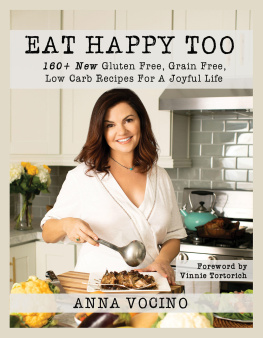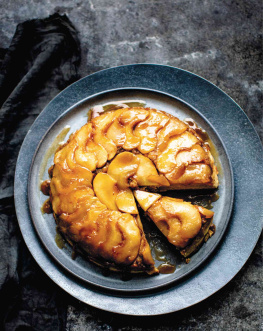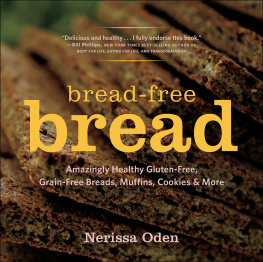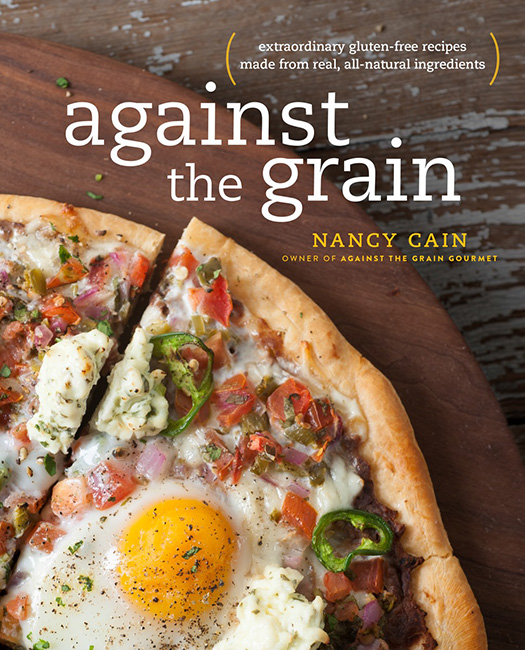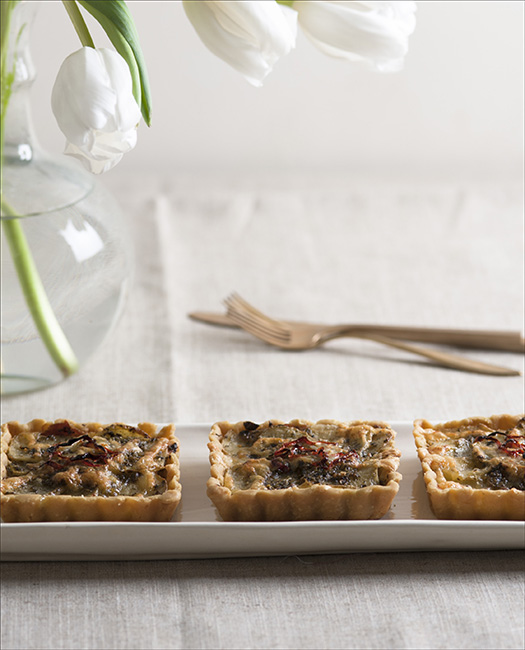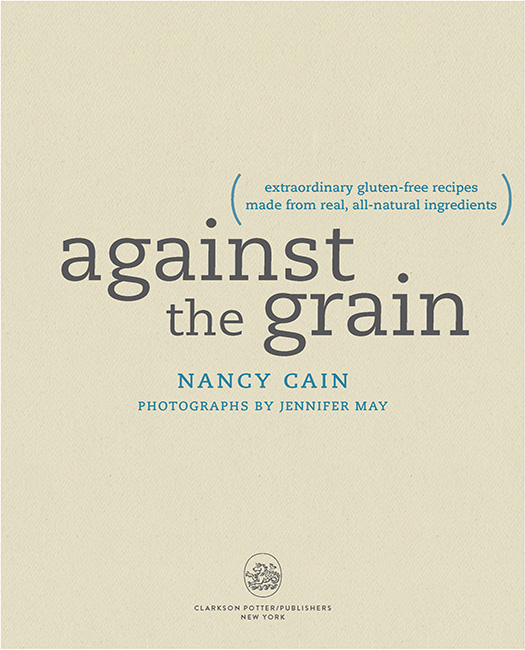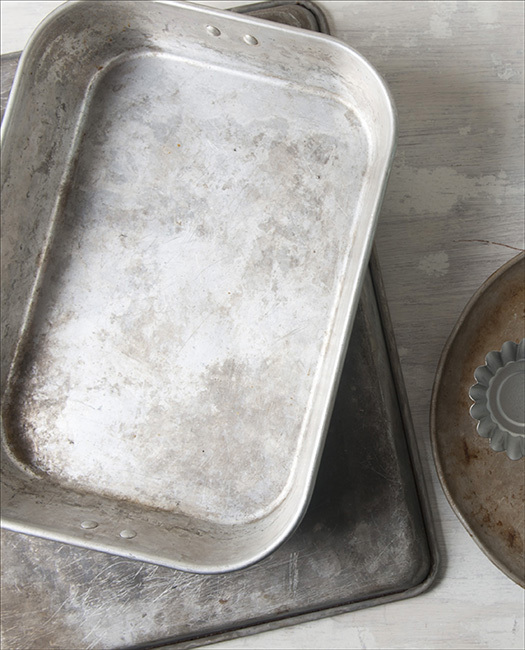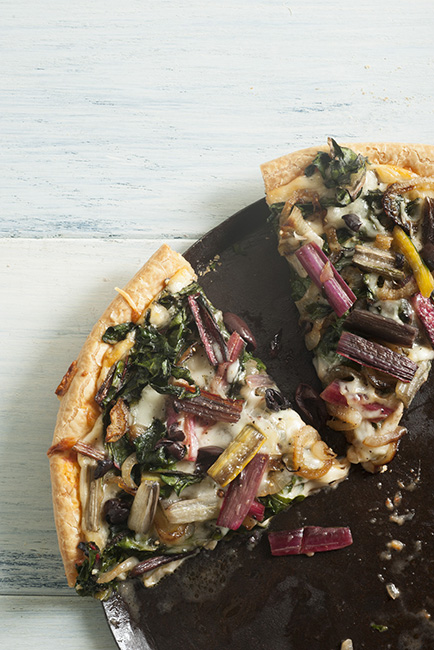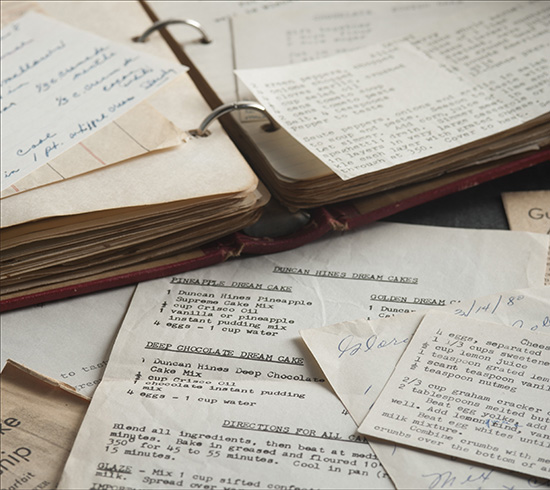Copyright 2015 by Nancy Cain
Photographs copyright 2015 by Jennifer May
All rights reserved.
Published in the United States by Clarkson Potter/Publishers,
an imprint of the Crown Publishing Group, a division of
Random House LLC, a Penguin Random House Company, New York.
www.crownpublishing.com
www.clarksonpotter.com
CLARKSON POTTER is a trademark and POTTER with colophon
is a registered trademark of Random House LLC.
Against The Grain is a trademark of Against The Grain Gourmet Foods, LLC
Library of Congress Cataloging-in-Publication Data
Cain, Nancy.
Against The Grain: extraordinary gluten-free recipes made from real, all-natural
ingredients/Nancy Cain; photographs by Jennifer May.
Pages cm
Includes index.
1. Gluten-free dietRecipes. 2. Baking. I. May, Jennifer, photographer. II. Title.
RM237.86.C33 2015
641.815dc23 2014008646
ISBN: 978-0-385-34555-2
Ebook ISBN: 978-0-385-34556-9
Prop styling by Raina Kattleson
Food styling by Kendra McKnight
Cover design by Ashley Tucker
Cover photography by Jennifer May
v3.1
INTRODUCTION
going against the grain
MY IDEA TO START MY GLUTEN-FREE BREAD COMPANY , Against The Grain, began, as many other gluten-free companies do, in our kitchen and with a familiar story. A family member is diagnosed with celiac disease; the mom (and it is almost always the mom) goes into high gear to create baked goods the whole family can enjoy. Before she knows it, she is baking for her family, gluten-intolerant neighbors, local restaurants, and farmers markets. But the moment I truly knew gluten-free baking was my mission, however, happened at The Weeping Rock Gas Dock and Caf in Thousand Island Park, New York.
A seasonal gathering spot for summer residents on the St. Lawrence River, The Weeping Rock was a modern-day Alices Restaurant, built into the ledge at waters edge around a massive, perennially wet, granite boulder. It was run by Donna, a scrappy guitar-picking singer with an uncanny ability to make almost anything taste delicious. For many, the day began with coffee and conversation on the dock at The Weeping Rock. By noon, it was a hangout for hungry fishermen, sunbathing teenagers, and those traveling through by boat, and Donna fed them all.
Our family of four was at our river cottage, as usual, for my older son Alexs sixteenth birthday. My husband, Tom, and my younger son, Marty, had both been diagnosed with celiac disease the previous fall. Early on we had made the decision that the entire family would eat gluten-free, so for Alexs birthday party I had developed a new gluten-free pizza recipe. No one could believe it was gluten-free, and when several guests suggested that I should sell my pizzas commercially, I found it an intriguing idea. Having zero knowledge of the food business, I asked Donna if she would be willing to bake up a few pizzas and give out free samples to her customers in exchange for feedback. Donna was game, so I delivered two pizzas and some general baking instructions and waited for the response. That evening, Donna came by my cottage with two big, white, slightly grease-splattered paper plates, autographed with glowing customer comments. Over a dozen customers tried and raved about the pizza. Most of the taste testers were teenagers, and not one of them was gluten-intolerant. This was before gluten-free was a household word, and if asked, most of the pizzas fans wouldnt have had a clue what it meant. For me, this was the realization that I had a product that was not just good for gluten-free but also appealed to a mainstream audience. A year and a half later, we began shipping our first products out of my house in Vermont, and Donna had moved to Vermont to become our first employee.
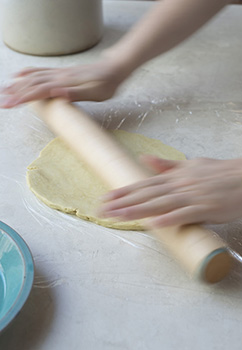
Both pastry and pizza doughs made without gums can be rolled out in a variety of thicknesses and are easy to handle.
gluten-free: a parallel baking universe
Pizza was the very first gluten-free thing I attempted to bake. It was a Friday night, two days after Martys celiac diagnosispizza night. In the pre-celiac era, I prided myself on my homemade pizza, and I liked the Friday night ritual: I would whip up our favorite crust with unbleached flour, knead out all the weeks hassles, let it rest, shape it, spread it with my homemade pizza sauce, and top it with whatever struck my fancyleftovers, local Vermont cheeses, pepperoni, marinated artichokes, or black olives.
Expectations and anxiety were running high that first gluten-free pizza night. We were still reeling from the celiac diagnosis; gluten, we realized, was everywhere. We had just finished emptying our pantry and refrigerator, thrown away our toaster, the bread maker, assorted pots and pans, and started over. The kids were eagerly anticipating their Friday night pizza, but after only forty-eight hours experience with gluten-free products, I was dubious. But I was determined to keep our ritual, so I did the unthinkable. I bought a gluten-free pizza crust mixthe box certainly made it sound appetizing and effortless.
I dumped the mix in the bowl and carefully followed the directions. I might as well have been working with Flubber; it looked lumpy and smelled like dirty socks. I figured if I worked the dough a little more, it would turn into something I could knead. Instead, I got a quivering pudding texture. Convinced that I had missed something in the directions, I plopped the entire sorry mess into the trash. Little did I know that I wasnt supposed to knead at all. In regular bread making, kneading is keyit disperses the yeast and facilitates gluten formation, and oh yeah, thats what we were trying to avoid. Instead of gluten, the mix contained xanthan gum, a stabilizer that most bakersprofessional and amateurstill believe is necessary. I had entered a parallel baking universe, and I had to learn a whole new set of baking skills.

made from scratch are fried into light and fluffy breakfast treats.
So I ditched the mixes and started working from scratch. I bought rice flour, tapioca starch, and cornstarchthe big three of gluten-free at the timeplus xanthan gum after reading over and over how it was required to add back the elasticity. No matter how I combined the ingredients, it was always the samejust okay. I tried substituting sorghum flour and potato starch with not much improvement. By that time, I could make rich and fudgy brownies and chocolate cake that fooled the most discriminating palates, but acceptable bread and pizza crust eluded me. I began to seek out every flourless baking recipe I could find to try to understand why they worked. I looked at the ingredients, examined the techniques, and paid attention to the proportions of fats to starches, proteins, and liquids. Among lots of other things, I learned that I had been working with a very narrow definition of flour. Flour didnt necessarily have to be milled and poured from a bagflourless recipes worked because some other ingredient acted like flour. I also learned that starch is insoluble in cold water. Yikes, no wonder it felt like I was baking with Flubber: I was trying to make bread out of a non-Newtonian fluid thickened by xanthan gum, the same Oobleck that my kids had made in preschool with cornstarch and water to simulate the action of quicksand. Xanthan gum is a pseudoplastic substance, its thickening properties dependent on the force it receives. Mix it at high speeds, it thins. Let it rest, it thickensreally thickens. No wonder it vexes bakers so, and no wonder it is so overused.


